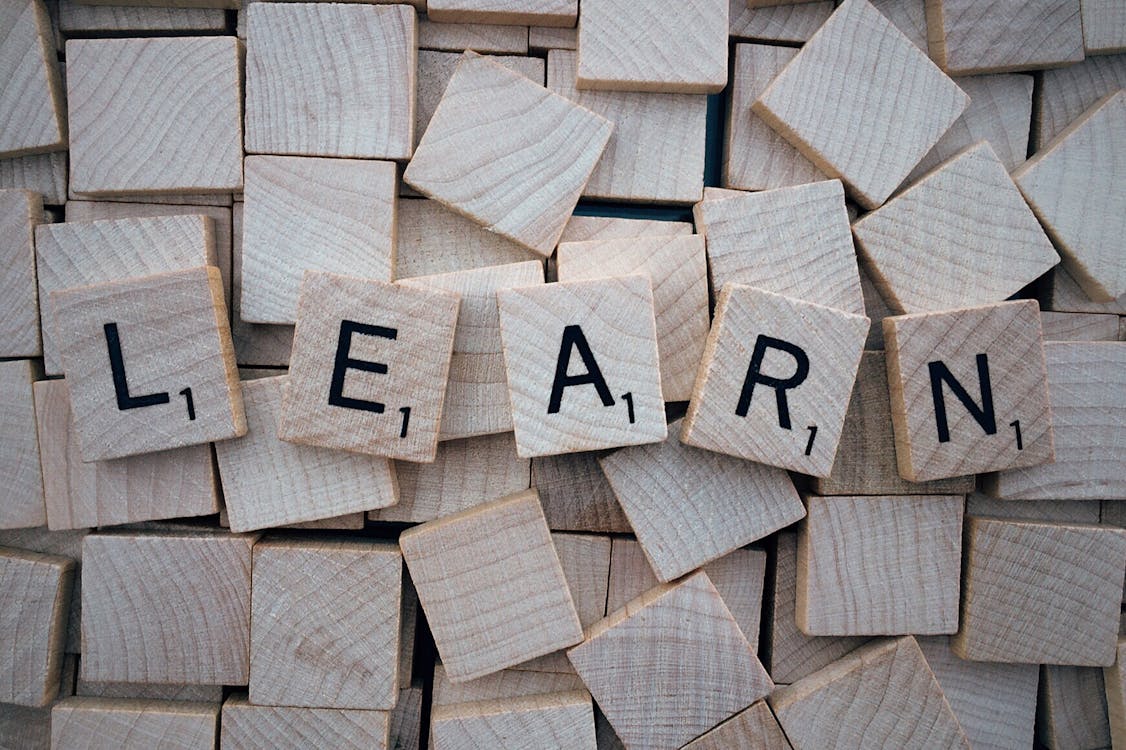
If you’re taking your first steps into the world of Spanish, you’re probably wondering where to begin. That’s why we’ve put together this mini guide on what to learn first. It will help you get off to a great start and feel more confident as you learn Spanish.
-
Useful Spanish Phrases
Starting by learning useful Spanish phrases is key to communicating confidently from day one. Why? Because these phrases allow you to interact without having to memorize long vocabulary lists. Here are some of the most practical ones:
- Yo entiendo un poco, pero quiero practicar más. (I understand a bit, but I want to practice more)
- ¿Tú me puedes ayudar con mi español? (Can you help me with my Spanish?)
- Él/Ella me enseñó unas frases en español. (He/She taught me some phrases in Spanish)
- Nosotros disfrutamos aprender sobre la cultura. (We enjoy learning about the culture)
- Ustedes hablan rápido. ¿Pueden repetir, por favor? (You all speak fast. Can you repeat, please?)
Each of these useful Spanish phrases will help you in different situations. Using them will boost your confidence and keep you motivated to keep learning.
-
Basic Grammar
Now let’s move on to grammar. While it might sound boring, understanding a few basic concepts will help you build sentences correctly as you learn Spanish. Here are some essentials to start with:
- Articles: In Spanish, we use “el” and “la” to refer to specific things. For example: el libro (the book) and la casa (the house).
- Verbs: Learning common verbs like “ser” (to be) and “tener” (to have) allows you to express lots of ideas.
- Conjugation: This is key! For example: Yo soy (I am), Tú eres (You are), Él es (He is), Ella es (She is), and Nosotros somos (We are). See how the verb changes depending on the subject?
Don’t worry! It might seem complicated at first, but you’ll get used to the rules step by step.
-
The Importance of Pronunciation
Proper pronunciation is essential to be understood. When learning Spanish, you’ll notice that some words are written with the same letters but pronounced differently. For example, “cielo” (sky) and “casa” (house). In “cielo”, the “c” sounds like an “s,” while in “casa”, it sounds like a “k.” Here are some useful examples:
- El gato está sobre la cama. (The cat is on the bed)
- ¡Qué genial este concierto! (This concert is great!)
- El cielo está despejado. (The sky is clear)
- Gracias por invitarme a tu casa. (Thanks for inviting me to your house)
To improve your pronunciation, try listening to music, watching movies or series in Spanish, and repeating words out loud. This makes every word more familiar and helps you sound natural and confident.
-
Thematic Vocabulary
Vocabulary is essential to express yourself clearly. As you learn Spanish, start by exploring words related to topics that interest you, like food, travel, or music. Here are some categories to get you started:
- Food: manzana (apple), pollo (chicken), pan (bread)
- Travel: aeropuerto (airport), hotel (hotel), mapa (map)
- Music: canción (song), banda (band), ritmo (rhythm)
As you grow your vocabulary, you’ll feel more comfortable interacting in Spanish.
-
Conversational Practice
Finally, practice is key. Talking to native speakers is one of the most effective ways to learn. At WorldsAcross, native tutors will guide you and help improve your conversation skills. So you’ll learn Spanish in the most authentic way—by speaking with a native Spanish speaker.

A Mini Guide You Can Expand With Us
We hope this mini guide on what to learn first as a Spanish learner has been helpful. Each of these topics can be explored further in our classes, because there’s so much more to discover. We can guide you in whatever you need, whenever you need it.
So, what are you waiting for? Start your Spanish learning journey today! Spanish is a doorway to a rich and exciting culture.
Are you ready to experience it?



